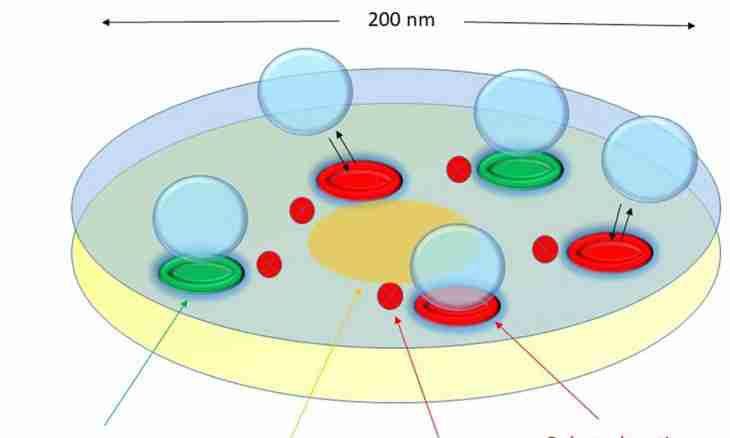Any situations possess a set of outcomes, each of which has the probability. The science under the name probability theory which main objective is search of probabilities of each of outcomes is engaged in the analysis of such situations.
Instruction
1. Outcomes are discrete and continuous. Discrete sizes have own probabilities. For example the probability of loss of an eagle is 50%, as well as tails - too 50%. Together these outcomes form full group - set of all possible events. Probability of emergence of continuous size tends to zero as it is by the principle of the relation of the areas. At the same time we know that the point has no area respectively and hit probability in a point is equal to 0.
2. At a research of continuous outcomes it makes sense to consider the probability of the outcomes getting to any interval of values. Then probability will be equal to the relation of the areas of favorable outcomes and full group of outcomes. The area of full group of outcomes, as well as the sum of all probabilities has to equal to unit or 100%.
3. For the description of probabilities of all possible outcomes use a number of distribution for discrete sizes and the distribution law for continuous sizes. A number of distribution consists of two lines, and in the first line all possible outcomes, and under them - their probabilities register. The sum of probabilities has to meet a completeness condition - their sum is equal to unit.
4. For the description of distribution of probabilities of continuous size use the distribution laws in the form of analytical function y = F(x) where x - an interval of continuous values from 0 to x, and y - the probability that the random variable will get to the set interval. There are several such distribution laws: 1. Uniform raspredeleniye2. Normal raspredeleniye3. Distribution of Puassona4. Distribution of Styyudenta5. Binomial distribution
5. The random variable can behave absolutely differently. For the description of her behavior use that law which will most of all be agreed with real distribution. To define whether approaches any of laws, it is necessary to apply criterion of consent of Pearson. This size characterizes a deviation of real distribution from theoretical distribution under this law. If this size less than 0.05, then such theoretical law it is impossible to apply.

